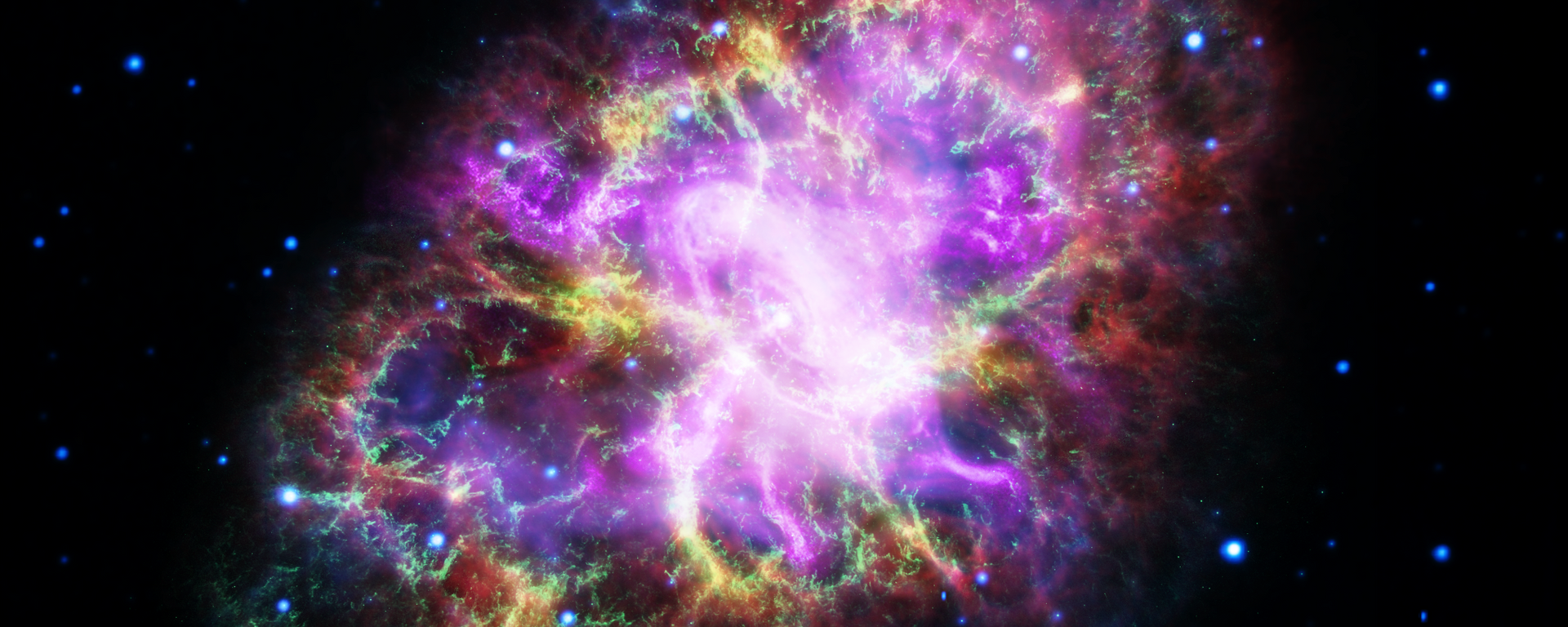https://sputnikglobe.com/20220518/possible-first-evidence-of-rare-supernova-type-found-in-ancient-stone-of-alien-origin-1095614210.html
Possible First Evidence of Rare Supernova Type Found in Ancient Stone of Alien Origin
Possible First Evidence of Rare Supernova Type Found in Ancient Stone of Alien Origin
Sputnik International
One of the authors of a new study reportedly said that the Hypatia stone’s parent body was apparently formed from a dust cloud that caught the gas atoms from a... 18.05.2022, Sputnik International
2022-05-18T18:57+0000
2022-05-18T18:57+0000
2022-05-18T18:57+0000
science & tech
supernova
rock
evidence
https://cdn1.img.sputnikglobe.com/img/106140/79/1061407945_0:281:1440:1091_1920x0_80_0_0_8d564ac8f94f455695337185f37fd62d.jpg
An ancient stone of extraterrestrial origin known as Hypatia, which was discovered in Egypt back in 1996, may contain evidence of the so-called type Ia supernova, which occurs in binary systems where a white dwarf star subsumes another star, a new study suggests.According to ScienceAlert, the team behind the new research argues that the stone, which impacted on our planet ages ago, contains traces of the dust and gas cloud surrounding the supernova type in question.He also pointed out that, if their assumptions are correct, the Hypatia stone “would be the first tangible evidence on Earth of a supernova type Ia explosion."The media outlet notes, however, that six of the elements encountered by the team during their analysis of the stone – namely, aluminium, phosphorus, chlorine, potassium, copper, and zinc – do not seem to match type Ia supernova models, although the researchers think that “something further back in the supernova's past could explain this”.
https://sputnikglobe.com/20220228/fast-radio-burst-from-a-galaxy-far-far-away-looks-similar-to-flashes-from-ancient-supernova-remains-1093453138.html
Sputnik International
feedback@sputniknews.com
+74956456601
MIA „Rossiya Segodnya“
2022
News
en_EN
Sputnik International
feedback@sputniknews.com
+74956456601
MIA „Rossiya Segodnya“
Sputnik International
feedback@sputniknews.com
+74956456601
MIA „Rossiya Segodnya“
science & tech, supernova, rock, evidence
science & tech, supernova, rock, evidence
Possible First Evidence of Rare Supernova Type Found in Ancient Stone of Alien Origin
One of the authors of a new study reportedly said that the Hypatia stone’s parent body was apparently formed from a dust cloud that caught the gas atoms from a supernova Ia explosion.
An ancient stone of extraterrestrial origin known as Hypatia, which was discovered in Egypt back in 1996, may contain evidence of the so-called type Ia supernova, which occurs in binary systems where a white dwarf star subsumes another star, a new study suggests.
According to ScienceAlert, the team behind the new research argues that the stone, which impacted on our planet ages ago, contains traces of the dust and gas cloud surrounding the supernova type in question.
"In a sense, we could say, we have caught a supernova Ia explosion in the act, because the gas atoms from the explosion were caught in the surrounding dust cloud, which eventually formed Hypatia's parent body", said Jan Kramers, a geochemist from the University of Johannesburg and one of the authors of the study.
He also pointed out that, if their assumptions are correct, the Hypatia stone “would be the first tangible evidence on Earth of a supernova type Ia explosion."

28 February 2022, 15:24 GMT
The media outlet notes, however, that six of the elements encountered by the team during their analysis of the stone – namely, aluminium, phosphorus, chlorine, potassium, copper, and zinc – do not seem to match type Ia supernova models, although the researchers think that “something further back in the supernova's past could explain this”.
"Since a white dwarf star is formed from a dying red giant, Hypatia could have inherited these element proportions for the six elements from a red giant star", Kramers remarked. "This phenomenon has been observed in white dwarf stars in other research".


